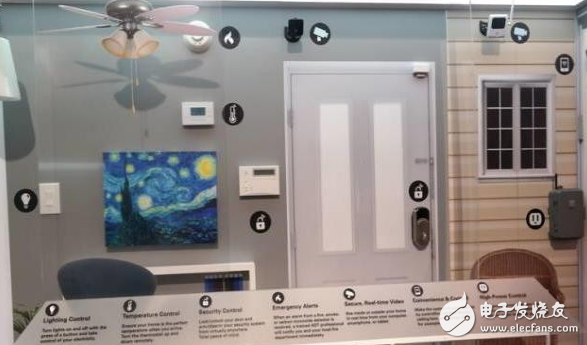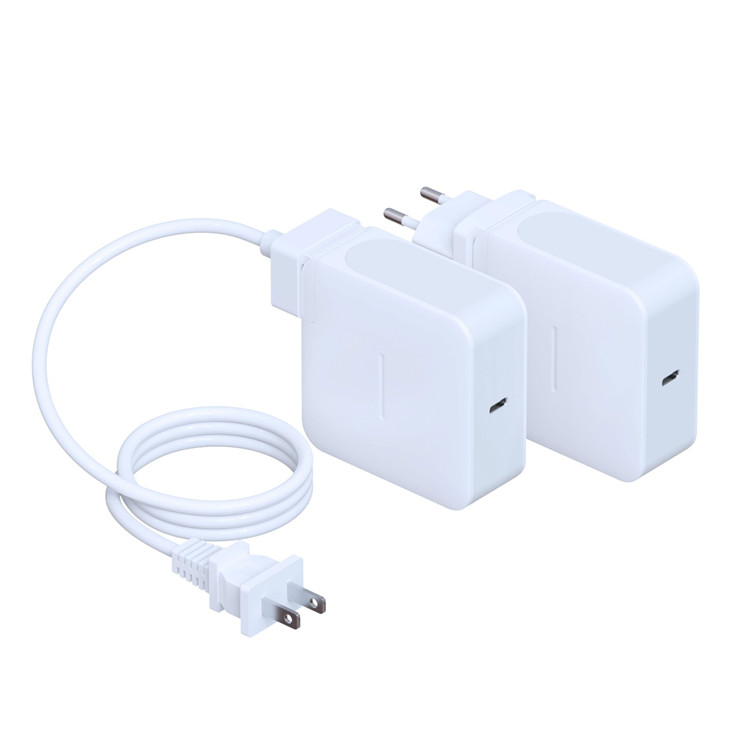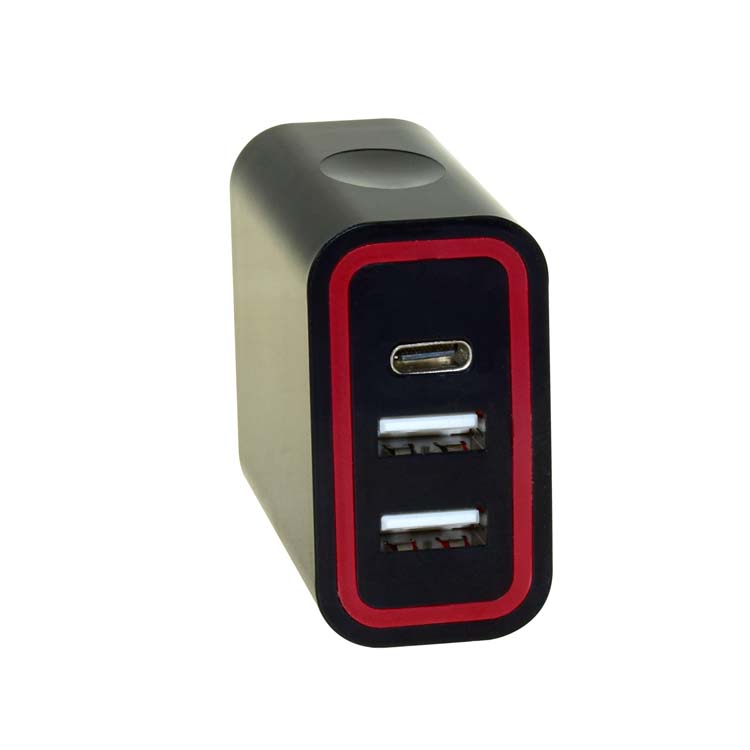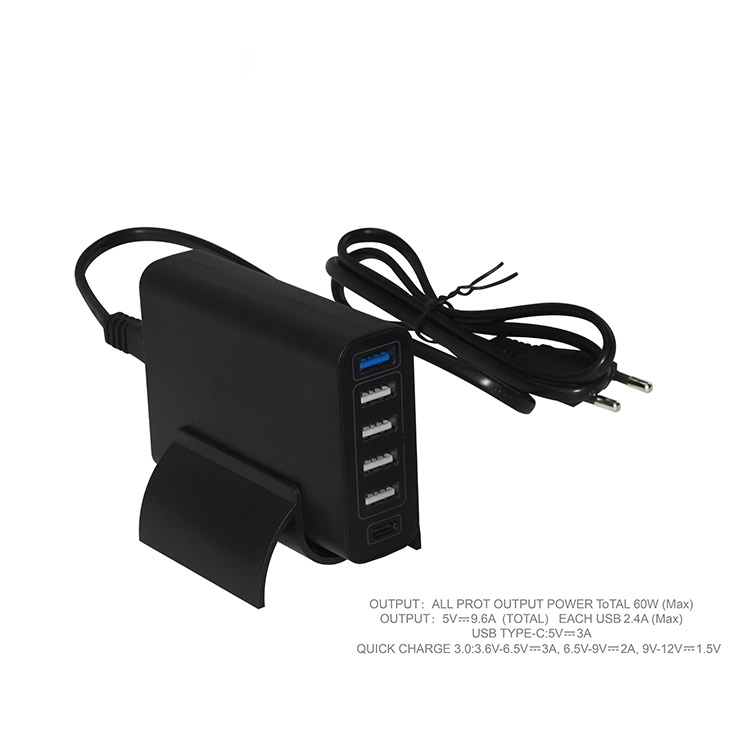Smart home is a new home life experience based on residential platform, which is a new application of “Internet of peopleâ€, smart home and Internet. With the development of emerging technologies such as the Internet of Things and cloud computing, smart homes are entering the stage of integration and evolution from the flood season. The Internet and IT giants are rushing into the smart home market. The home Internet is after the PC Internet and the mobile Internet. The third network, the battle for home Internet portals is quietly unfolding. From the global market, the smart home market is about 41 billion US dollars in 2014. Although the growth rate is gradually slowing down, it is expected to maintain an annual growth rate of about 8 billion US dollars. In 2018, the market size will reach 71 billion US dollars. From the domestic market, the size of China's smart home market reached US$4.6 billion in 2014. It is expected to show explosive growth in the next few years, with a growth rate of around 50%. In 2018, the market size will reach US$22.5 billion; China's smart home market is gradually becoming The global smart home market has a growing focus, and the proportion of global smart homes is expected to increase from 11% in 2014 to 31% in 2018. Different camps, different modes At present, domestic smart home providers can be divided into four categories according to their camps: terminal manufacturers camp, Internet company camp, video website camp, and operator camp. Each camp has different characteristics. Midea takes the intelligentization of traditional home appliances as an opportunity to build the M-Smart smart home platform. Overall positioning: smart home hardware product provider. Core products: Taking the intelligentization of white goods as the entry point, we will gradually build four smart home systems: Air Smart Butler, Nutrition Wisdom Butler, Water Health Butler, and Energy Security Smart Butler. Key actions: Based on the Alibaba IoT open platform to build the M-Smart system; strong and strong, to achieve the intelligentization of white goods. With the use of millet boxes and routers, Xiaomi is committed to becoming a leader in home Internet solution providers. Overall positioning: Home Internet Solution Provider. Core products: Based on millet boxes and millet routers, smart bracelets, small ant smart cameras, air purifiers, smart sockets, yeelight smart bulbs, iHealth smart blood pressure monitors, etc. are value-added applications. Key actions: invest in more than 20 intelligent hardware companies; release Xiaomi intelligent modules to promote the transformation of traditional household appliances; increase the cooperation between the Internet and traditional home appliance manufacturers in a low-cost or free way. Baidu uses intelligent hardware as an entry point to implement a soft and hard cloud service integration strategy. Overall positioning: With intelligent hardware cutting and e-commerce platform building as a means of differentiation, we are committed to becoming the creator of the smart home ecosystem. Core products: intelligent routers, Baidu sticks and other hardware-based products. Key actions: self-built e-commerce platform "Baidu Future Store", promote intelligent hardware; join hands with hardware manufacturers to release smart products; rely on Baidu cloud, Baidu brain and other high-end resources to help manufacturers quickly cut into the smart home market at a lower cost. With smart terminals and smart applications as the core, Telecom has created a brand new brand of smart home products. Overall positioning: With intelligent terminals and intelligent applications as the core and optical broadband as the access method, it is committed to becoming a home information solution package provider, providing home users with three major categories of services: audio and video entertainment, livelihood applications and intelligent gateway applications. Core products: Users provide three types of services: audio and video entertainment, livelihood applications and intelligent gateway applications. Key actions: Launching a smart home industry platform with TV manufacturers, chip manufacturers, terminal manufacturers, channel vendors and application providers; releasing Yue 3.0 to build a new brand of China Telecom's smart home products; Yueme package and traditional broadband Seamless synergy. Carrier advantage: access and user size It can be seen that in the smart home market, smart home providers in different camps must lay out according to their own characteristics and create differentiated advantages, which may occupy a place. For the positioning and strategy of operators in the field of smart home, the author has the following suggestions. First of all, we must develop our own strengths and build differentiated advantages. Access capability and user scale are the differentiated advantages of operators entering smart homes. Therefore, on the one hand, operators need to strengthen their control capabilities on the access side, and at the same time quickly strengthen the competitiveness of the intelligent gateway; on the other hand, they need to play and enhance the user's sticky value, and provide users with personalized products in combination with big data analysis and other means. and service. Second, we need to cooperate and share to form a solution delivery capability. Entering smart homes, operators' natural short boards are in terms of product and solution capabilities. Therefore, on the one hand, operators need to cooperate with other members of the industry chain to gradually form the ability to provide a package of solutions; on the other hand, they can cooperate with real estate, home improvement, security, education and other industries to jointly develop smart home products. Finally, mechanism innovation should be carried out to establish an Internet-based operating mechanism. In order to improve the competitiveness of smart homes, operators need to innovate in terms of operational mechanisms. Among them, partner management will be the top priority of follow-up operations. Establishing an effective and reasonable incentive mechanism will be an effective guarantee for attracting partners and long-term win-win; in addition, online operations are also the focus of work, how to improve through online channels. Online sales and services are also important issues to consider.
Day by day more and more mobile phones
are with usb-c port, which makes type c phone charger very popularly used in the market. Type c phone charger have desktop type
and wall type, and there are usb-c 2.0 and usb-c 3.0, usb-c 3.0 is much faster
than usb-c 2.0, and more popularly used currently, usb-c 3.0 output is normally
3.8V-6.5V 3A, 6.5V-9V 2A, 9-12V 1.5A 18W, it is with PD, PD means power
delivery, which can transfer high power at one time, this is why your mobile
phone and tablet can be charged fast! And one more point, if normal usb-c port
not with PD, the output is only 5V 3A, it doesn`t charge so fast like the one
with PD.
Yidashun not only has home type-c phone charger 12W 18W 30W
48W 60W, but also car usb-c phone charger 24W, and they are also with
usb-ports, which can charge all different devices at one time anywhere!
Type C Phone Charger,Type C USB Phone Charger,USB C Phone Charger,Type C Phone Power Charger Shenzhen Yidashun Technology Co., Ltd. , https://www.ydsadapter.com




